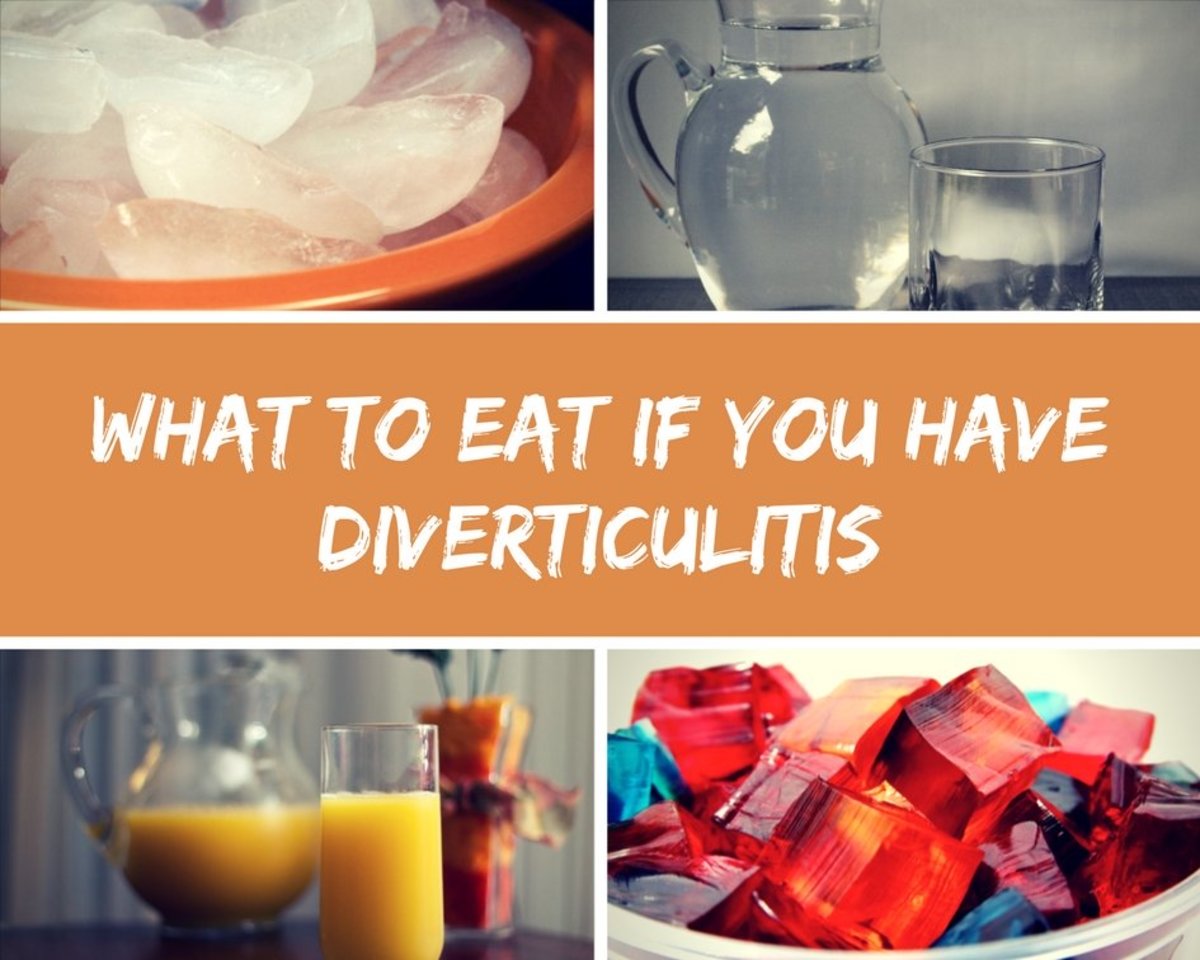what foods to eat when you have diverticulitis Diverticulitis diet: what to eat for better management
Diverticulitis is a common medical condition that affects millions of people across the globe. It occurs when small pouches in the lining of the colon, called diverticula, become inflamed or infected. The good news is that with proper treatment and management, symptoms can be reduced and even eliminated. One of the key ways to manage diverticulitis is through diet. In this post, we’ll be taking a closer look at some of the foods that can help manage the condition, as well as those that can make it worse. Firstly, let’s explore some of the foods that can worsen diverticulitis. These should be avoided or limited in your diet. Processed foods, which often contain refined sugars and unhealthy fats can lead to inflammation, so it’s best to stay away from these. Red meat and fried foods can be difficult to digest, and may also lead to inflammation. Dairy products, which can be high in fat and low in fiber, may also worsen diverticulitis symptoms. Alcohol and caffeine can irritate the digestive system, so it’s best to avoid these as well. Now, let’s examine some of the foods that can help manage diverticulitis. Eating a diet that is high in fiber can help to keep the digestive system running smoothly and reduce inflammation. Whole grains such as oats, quinoa, and brown rice are excellent sources of fiber, as are fruits and vegetables. Eating nuts and seeds, which are high in fiber and healthy fats, can also help to reduce inflammation. In addition to fiber, it’s important to stay hydrated. Drinking plenty of water and fluids can help to flush out toxins and keep the digestive system functioning well. Try to avoid sugary drinks, which can lead to inflammation. Finally, let’s take a look at some sample meals that can help manage diverticulitis symptoms. For breakfast, try a bowl of oatmeal with sliced fruit and nuts or seeds. For lunch, a salad with leafy greens, vegetables, and grilled chicken or fish can be both filling and nutritious. For dinner, grilled or baked fish with a side of steamed vegetables and brown rice can be a great option. Snacks can include fresh fruit, a handful of nuts, or a smoothie made with fruit and Greek yogurt. Overall, managing diverticulitis through diet can be highly effective. By focusing on foods that reduce inflammation and avoiding those that worsen it, symptoms can be greatly reduced. Be sure to consult with a healthcare professional before making any significant changes to your diet, but with the right approach, you can enjoy a healthy and happy life with diverticulitis.
If you are looking for Diverticulitis Diet: What to Eat for Better Management you’ve visit to the right place. We have 5 Pics about Diverticulitis Diet: What to Eat for Better Management like Foods You Can or Can’t Eat When You Have Diverticulitis | HealthProAdvice, Diverticulitis Diet: What to Eat for Better Management and also 10 Foods That Can Worsen Diverticulitis (and 10 Foods That Help). Read more:
Diverticulitis Diet: What To Eat For Better Management
/what-to-eat-for-diverticulosis-1944730-primary-recirc-f5b44d70208c46b0b5e36a5e3aacd867.jpg) www.verywellhealth.comdiverticulitis diet diverticulosis salmonella gallbladder removal verywellhealth diarrhea
www.verywellhealth.comdiverticulitis diet diverticulosis salmonella gallbladder removal verywellhealth diarrhea
10 Foods That Can Worsen Diverticulitis (and 10 Foods That Help)
 www.powerofpositivity.comdiverticulitis worsen diverticulosis diet powerofpositivity
www.powerofpositivity.comdiverticulitis worsen diverticulosis diet powerofpositivity
What To Eat When You Have Diverticulitis Pain - Best Keto ,Vegan
 thisisaaronslife.comdiverticulitis
thisisaaronslife.comdiverticulitis
Diverticulitis Diet - Food To Eat And Avoid With Diverticulitis
 fitlifeplus.comdiverticulitis
fitlifeplus.comdiverticulitis
Foods You Can Or Can’t Eat When You Have Diverticulitis | HealthProAdvice
 healthproadvice.comdiverticulitis eat foods when diet weird feeling there throat recipes disease symptoms cant choose board
healthproadvice.comdiverticulitis eat foods when diet weird feeling there throat recipes disease symptoms cant choose board
Foods you can or can’t eat when you have diverticulitis. Diverticulitis diet: what to eat for better management. Diverticulitis diet diverticulosis salmonella gallbladder removal verywellhealth diarrhea